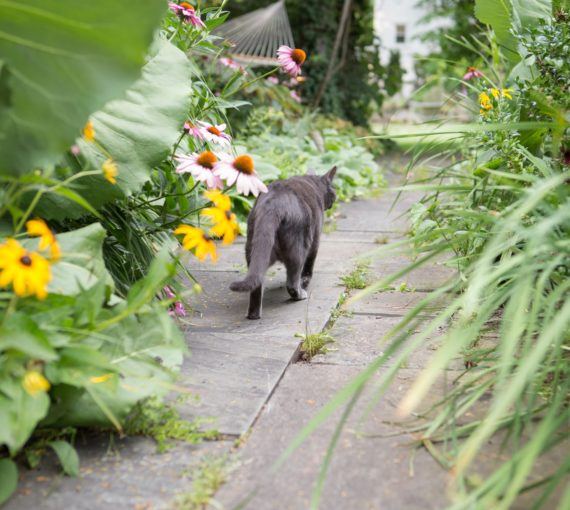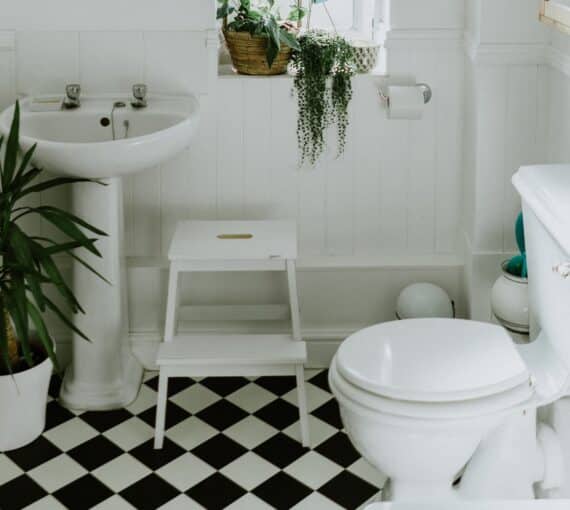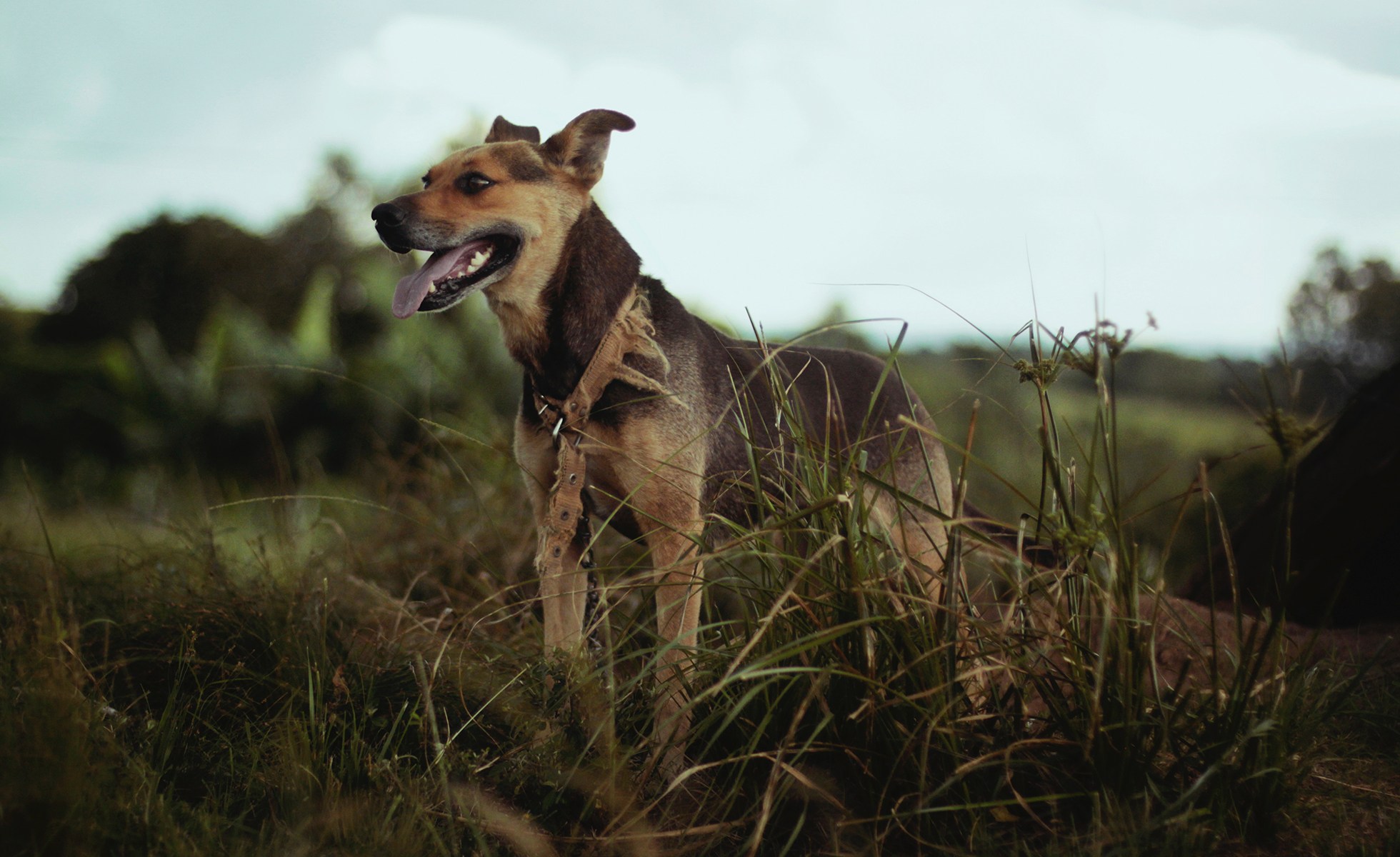
Always pick up pet waste! Leaving the poop to nature in high-density areas can be harmful to human health and the environment.
People in North America love the companionship of pets — but those have a big impact on the planet. The good news? What you feed your dog or cat and how you look after it can help reduce your environmental “paw print.”
Learn how to balance the physical and emotional benefits of pets with environmental responsibility.
Paw-pulation booms
In Canada, there are about 8.3 million dogs and 8.9 million cats.
Pet numbers are much higher in the United States — about 89 million dogs and 74 million cats.

Wild animals should not be pets
Exotic pets have become “normalized.” So have exotic petting zoos and birthday party appearances. But they don’t make sense.
Turtles, snakes, lizards, amphibians and other wild animals are amazing creatures. But they should not be out of their natural habitats for our entertainment, to keep us company or as status symbols.
Choose sustainable pet food
One study found cats and dogs in the U.S. “through their diet, constitute about 25–30% of the environmental impacts from animal production in terms of the use of land, water, fossil fuel, phosphate, and biocides [and are] responsible for release of up to 64 ± 16 million tons CO2-equivalent methane and nitrous oxide, two powerful greenhouse gasses.”
Just as there are better ways to feed people, there are better ways to feed animals.
Cats and dogs consume a lot of meat, often relatively high-quality meat and fish products. But many common pets, such as rabbits, rodents and some birds, are herbivores.
In 2019, the World Small Animal Veterinary Association Congress reported that “Dogs and cats have dietary requirements for energy and essential nutrients, but they do not have requirements for specific ingredients, no matter if these ingredients are animal-derived, plant-derived or synthetic. However, special care must be taken when formulating plant-based diets to ensure that all nutrient requirements are met.”
Choose pet foods with a good source of protein and other essential nutrients but with fewer environmental impacts. Look at ingredient lists and certification labels for sustainability, responsibility and traceability. Also look for pet foods that offer free packaging recycling programs.
Insect protein pet food
Several companies, from big brands to local producers, sell pet foods made with insect protein. These include mixes made of black soldier fly protein, chickpeas, yeast and algae.
Black soldier fly larvae are rich in protein, calcium, phosphorous, iron and zinc and are easy to raise. Combining them with other ingredients results in pet food that’s healthier than meat-based products, with far fewer environmental effects. It also has spinoff benefits, such as diverting waste to feed the insects.
Insect farming requires much less land and water than livestock, has lower greenhouse gas emissions and produces protein efficiently. A U.S. company claims “an acre of land can produce about 192 pounds of beef annually, or 265 pounds of poultry,” but can yield “65,000 pounds of cricket or 130,000 pounds of black soldier fly larvae.”
Bonus! Insects are also a healthy protein source for people worldwide. They’re gradually gaining greater acceptance here in Canada and in the U.S.
Plant-based pet food
In Canada, 25 per cent of vegan pet owners report feeding their pet a plant-based diet.
Reasons people feed their pets a plant-based diet:
- Environmental impact: Producing plant-based food generates fewer greenhouse gases. It also uses less water and land than animal-based food.
- Health: A balanced, nutritionally complete plant-based diet can provide pets with all necessary nutrients. It can also help prevent or manage health issues such as obesity, allergies and skin problems.
- Ethical considerations: Pet owners who eat plant-based diets may feed their pets a similar diet due to animal welfare concerns.
NOTE: Consult a veterinarian or veterinary nutritionist before transitioning your pet to a vegan diet. Some may need supplementation or special considerations. The Canadian Veterinary Medical Association does not have a position statement on this topic.
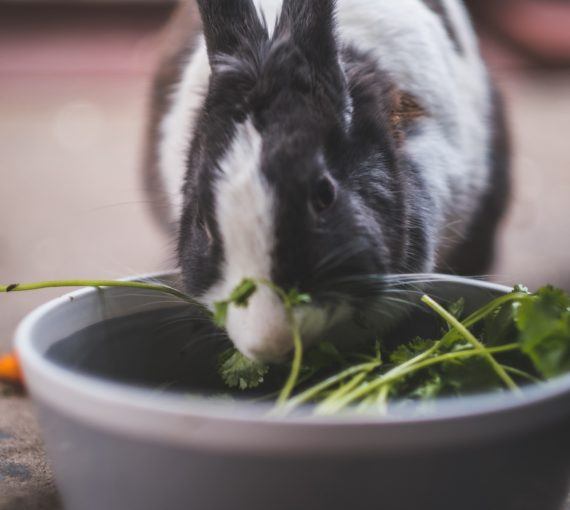
Feed food scraps to pets
Besides being a waste of money, time and energy, unused food that ends up in landfills is one of the main sources of greenhouse gases. Offer discarded carrot tops and other leafy food scraps as treats to guinea pigs, rabbits and other small pets. Don’t have one? Find a friend or neighbour who does! Just be sure the food you’re offering is safe to eat for the species.

Find creative uses for shed pet fur
Brushed out cat and dog hair can be used in all kinds of creative ways. Collect it and have it spun into yarn for knitting (the undercoat of longhaired breeds works best). Gather it for DIY crafts, like felting or to stuff toys and pillows. (If gifting your creations, ensure recipients aren’t allergic.) Offer it to wild birds as nesting material or bundle it in the garden to deter pests with its scent.
Eco-friendly pet toys
Many pet toys are made from plastic or contain components that are difficult or impossible to recycle. These end up in landfills where they can take up to 500 years to decompose.
Avoid pet toys made with synthetic dyes and treated materials. These toys can contain toxic chemicals that can leach out and harm your pet’s health when ingested.
Opt for pet toys made from natural, sustainable and biodegradable materials such as:
- Hemp
- Recycled rubber
- Organic cotton
- Bamboo
- Natural rubber
Uncertain what a pet toy is made of? Look for reputable eco-certifications like B Corp, Global Organic Textile Standard (GOTS) and/or Ecocert.
Tip! If you can’t find these in local pet stores, look for independent sellers on marketplaces like Etsy. Try to find local vendors!
Six ways to make pet toys out of household items
Many items around your house can be repurposed into pet toys. Make sure they’re safe, with are no sharp edges or small parts that could be choking hazards. Always supervise your pet while it plays with new toys.
- Cut holes in a carboard box to create a maze for a cat or rodent.
- Braid strips cut from an old T-shirt together to create a rope dog toy.
- Remove the cap and label from a plastic bottle and fill it with treats to create a DIY dog treat dispenser.
- Put a tennis ball inside an old sock and tie a knot to create a fetch toy. If your dog is a chewer, take the squeakers they’ve chewed out of old toys and put those into knotted socks.
- Once a tennis ball has lost its bounce, give it a second life!
- Stuff empty toilet paper rolls with hay or treats to create a DIY foraging toy for a small animal.
Buy second hand
Check local thrift stores or online marketplaces for second hand pet toys and supplies like beds, cages, feeders, etc. Always inspect items to ensure they’re safe to use again.
Eco-friendly pet waste disposal
Always pick up after pets! Leaving it to nature means poop may:
- Contaminate waterways (where it’s carried by stormwater) with bacteria.
- Deplete water oxygen levels (because it’s so nitrogen-rich), hurting fish and other wildlife.
- End up (unpleasantly) on anything that steps or rolls over it.
Check how your region handles pet waste. Visit its website and search for “waste” or “garbage.” You may find a solid waste management plan. Each municipality will have different suggestions and preferences.
The scoop on dog poop
Dogs produce millions of tonnes of poop every year, much of it individually wrapped before being sent to landfills.
Using a biodegradable poop bag can be a green choice. Given correct conditions, these will perform as promised.Avoid “degradable” (as opposed to “biodegradable”) bags made of formulated polythene. They don’t biodegrade but fragment, leaving tiny bits of plastic that can enter waterways.
Compostable bags need the heat of a compost pile to break down. They may decompose in industrial composting. But many municipal composting programs don’t accept dog waste. It ends up in landfills where conditions to beak it down don’t exist.
Note: Remove as much air as possible from the bag. Knot to to prevent poop explosions on workers or passersby when the bag is squeezed by the truck’s compressor squeezes it.
What about biodegradable kitty litter?
Cat litter made from organic and sustainable materials that can easily break down in the environment is considered biodegradable.
Ingredients to look for:
- Recycled paper, sawdust or wood shavings
- Corn kernels or cobs
- Grass seeds
- Walnut shells and fibres
Check your local municipality’s regulations to ensure you can compost both the solid waste and litter. Generally, once you remove any solid waste you can safely compost the rest of the litter.
Ingredients to avoid:
- Silica-based
- Bentonite clay
- Synthetic fragrances and chemicals
These litters contain non-renewable resources and can take hundreds of years to degrade.

Keep the cat inside
Nature Canada estimates that domestic cats kill 140 million birds and small animals each year. Keep cats indoors, especially during sensitive times like bird-breeding season. Consider creating a “catio” — an outdoor cat enclosure.
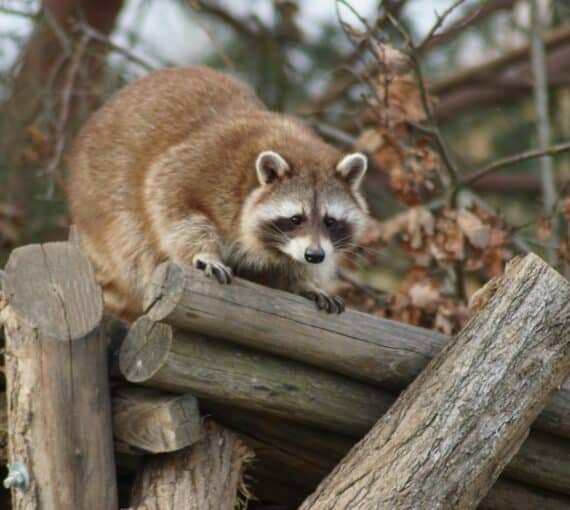
Keep your pets and urban wildlife safe by practicing coexistence
Urban wildlife can pose various risks to pets (and vice versa!), from physical confrontation to disease transmission. Whether you’re at the park, on a trail or in your backyard, it’s important to protect your pet and urban wildlife.
Four responsible ways to keep pet waste out of the landfill
The anaerobic (no-oxygen) conditions in landfills prevent organic material from decomposing. Poop in landfills can also contaminate water and produce methane gas, which is why some have a no-feces (dog or otherwise) policy.
Some regions permit small amounts of well-wrapped or double-bagged pet waste in the garbage, especially in areas without green bin collection. That’s not the best-case scenario though. Here are some better alternatives.
Flushing
First check with your municipal waste management department. Many strongly discourage flushing cat litter down the toilet. It’s often clumping and can clog the system.
If flushing dog poop, don’t flush baggies — not even biodegradable bags. Even those labelled “flushable” will clog plumbing or sewers. Empty the bags or scoop the poop directly into the toilet, being careful when handling.
Never deposit pet waste down storm sewers, which often flow to waterways (e.g., creeks and streams).
On a septic system? Check with the installer or manufacturer.
Green bins
Municipalities, including Toronto and and the Region of Waterloo, encourage green bin pet waste disposal. (First wrap waste according to local specifications.) More municipalities are making this change. Check with your municipal waste management department or request the change.
Composting
Comparative Analysis of Dog Waste Processing Methods for Metro Vancouver examines whether dog waste can be safely composted — turned into nutrient rich soil without harmful pathogens.
Some highlights:
- British Columbia regulations say, “animal excreta from pets is suitable for composting.”
- Pathogens can be eliminated in commercial and industrial facilities can eliminate pathogens.
- Composting can produce nutrient-rich soil given specific conditions and testing for pathogens.
- Composting dog waste requires effective treatment temperatures to reduce pathogens. The United States Department of Agriculture recommends 60 C while industry standards say 55 C for a minimum of three days for safe and effective compost.
- Compost is NOT recommended on edible gardens. Use it for landscaping only.
Can you compost pet waste in your backyard?
While there are a host of methods, a commitment to pathogen testing and knowledge of the temperatures necessary to do it safely are critical. Dog waste compost should be kept separate from other compost and is best used on ornamental — not edible — gardens, and kept well away from streams, groundwater or vegetable and fruit crops.
Here are some recommended methods for composting pet waste. Learn about effective treatment temperatures and pathogen-testing first. Start with this report.
- Compost pit — about one metre deep by one metre wide, with a cover.
- Dog poop compost bin — available at pet stores and garden centres.
- Vermicompost — create a separate worm bin for the red wrigglers that eat your organics.
- Digester — buried in your yard and works like a composter. Available at local stores or make your own.
Tip! Create clear signage and/or label compost containers to avoid misuse and protect your garden.
Private pet waste collection services
A good option for multi-unit residences (townhouses or apartments) where a group of pet owners share costs. Look for red collection bins for dog waste.


